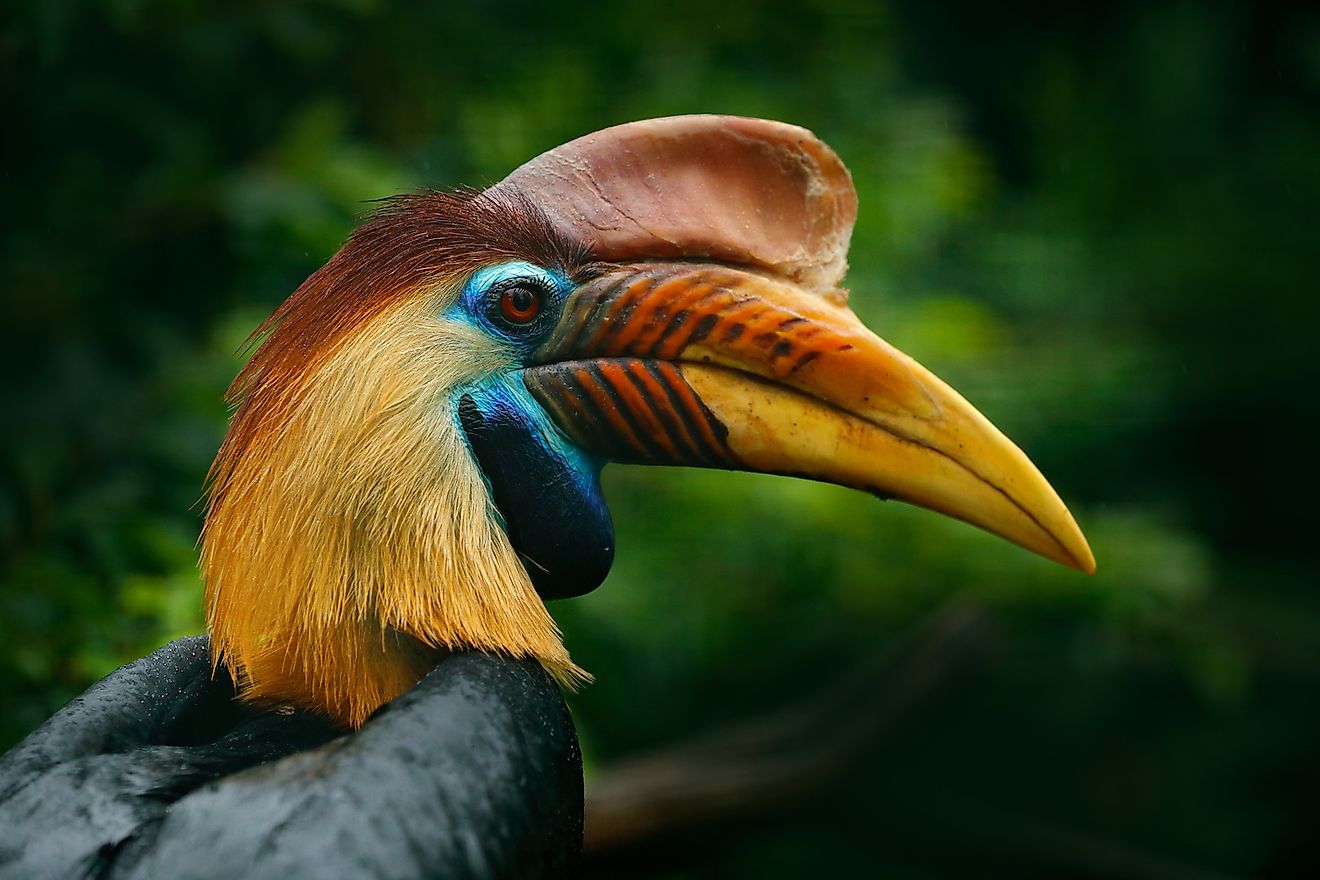Endangered Animals In Indonesia 2020

DAVAO CITY MindaNews 14 July The Indonesian Consulate General Davao is scheduled to repatriate 98 smuggled endangered exotic animals back to Indonesia on July 21 more than a year after they were confiscated during a raid in Mati City Davao Oriental.
Endangered animals in indonesia 2020. Only groups containing at least 150 species are shown in Figure 2. The Endangered Sumatran Tiger. Sumatran Orangutan Critically Endangered Indonesia and Malaysia produce more than 85 of the worlds palm oil and are the only remaining home to orangutans.
800 am to 1200 pm. Which country has the most endangered species 2020. The tigers decomposing body was found on Monday with his leg caught in a trap near a palm oil plantation in Sumatras Riau province.
According to IUCN counts the countries with the highest numbers of species at risk of extinction are Ecuador 2301 the US Malaysia 1226 Indonesia 1206 and Mexico 1074. KOLD News 13 - A Bornean orangutan found on an Indonesian oil plantation has been rescued and relocated to the forest a conservation group said in a statement on Wednesday August 19 the latest example of how habitat loss is piling pressure on the critically endangered animal in the wild. The Indonesian Consulate in Davao City.
There are many reasons why those species are endangered. In addition to the ongoing human-wildlife conflicts the existence of Indonesias wild animals is also threatened by the practices of illegal wildlife trade. A list of endangered animals is not just about famous animals such as tigers and elephants.
Version 2021-2 assessed in each category for the more comprehensively assessed ie at least 80 of the group has been assessed groups containing 150 species. 20 2020 at 916 PM PDT. The proportion of extant ie excluding Extinct species in The IUCN Red List of Threatened Species.
Sumatran tigers are the smallest surviving tiger subspecies. They emphasized the threats to the survival of the critically endangered species. A taxon is Endangered EN when the best available evidence indicates that it meets any of the criteria A to E for Endangered and it is therefore considered to be facing a very high risk of extinction in the wild.


















